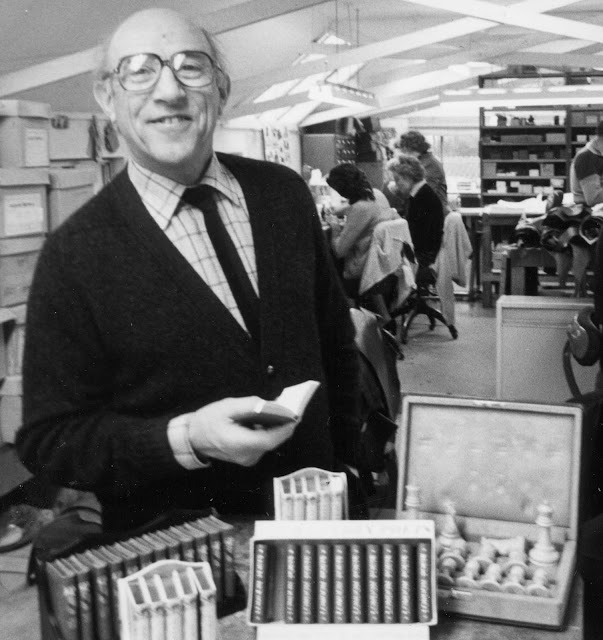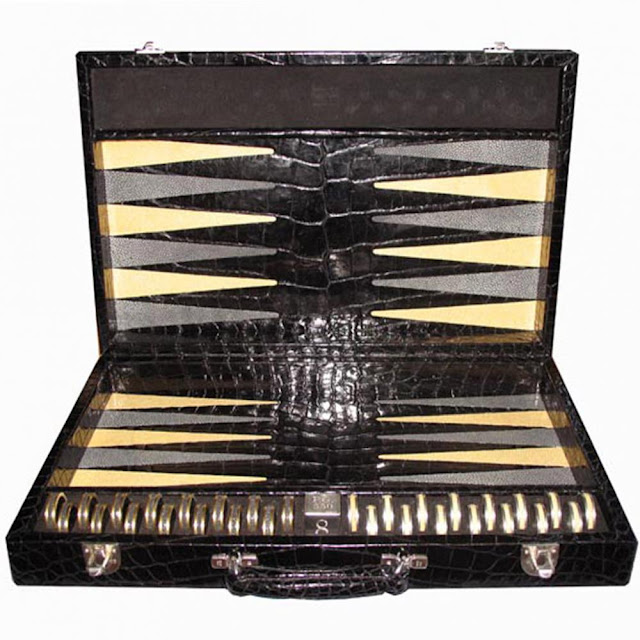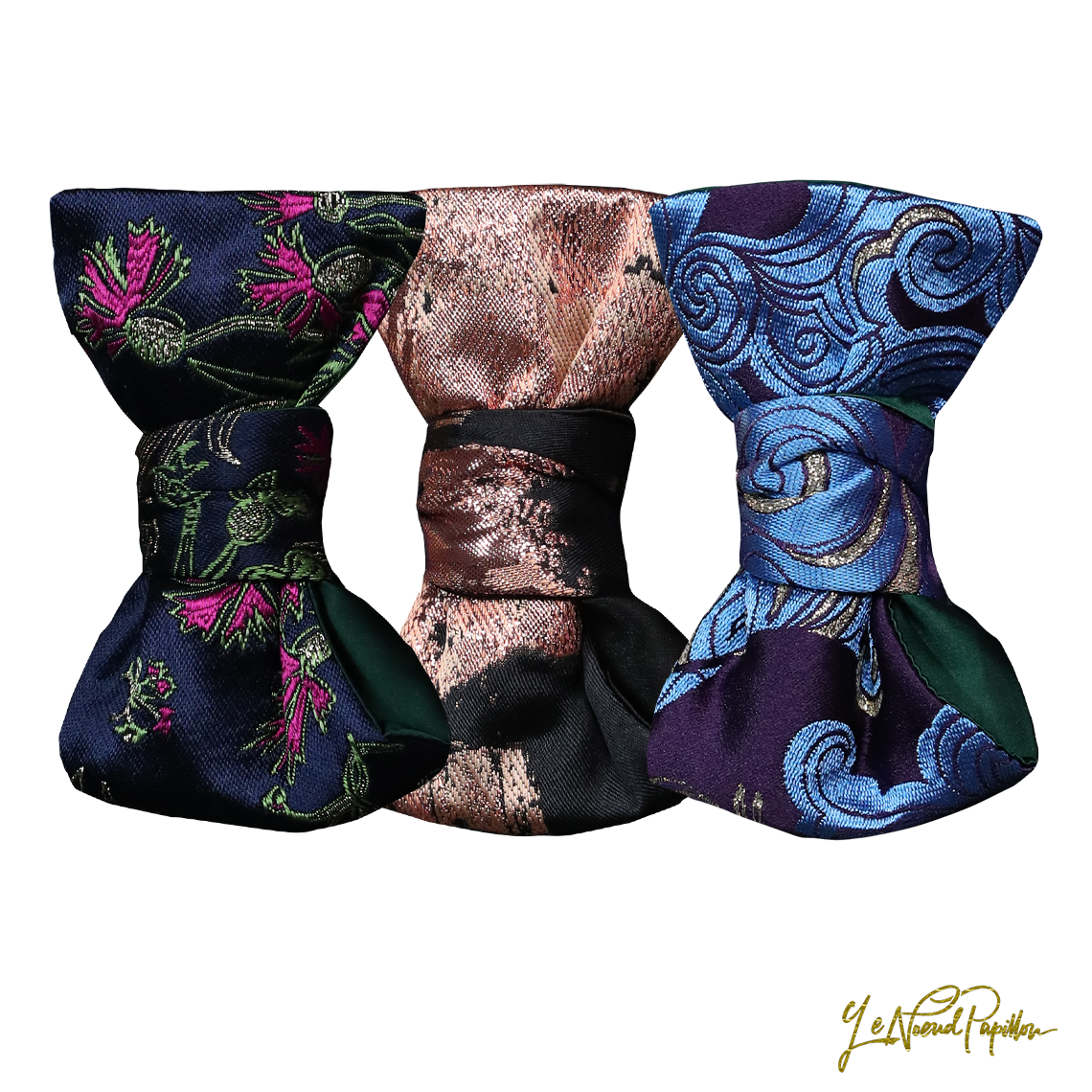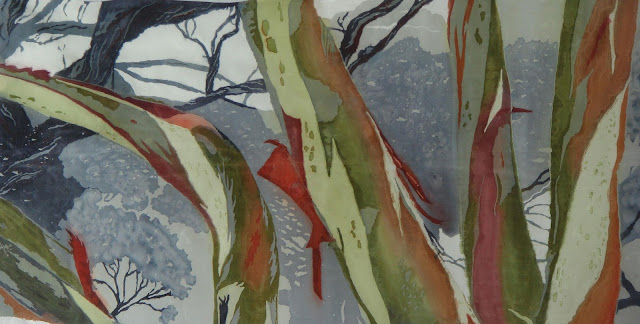Geoffrey Parker is an English leather goods manufacturer that specialises in backgammon, chess and poker chip sets amongst other unique items which they produce in a traditional English workroom full of charm and history. We were delighted to work with
Max Parker, the son of Geoffrey, who now runs the business from the very same family estate from where it began. Today, it is one of the most celebrated, recognised and sought after manufacturers of board games worldwide. I first heard about the company a number of years ago when my brother sent me an email which said 'if you are stuck for things to buy me for Christmas, consider this'. It was so expensive that it was considered a running joke each Christmas since... Back then the Australian dollar against the GBP was roughly 3:1. Today, however, with a more favourable exchange rate, we have managed to work with Max on two projects and he took time out of his day to answer a few questions regarding his work.
Max, can you please tell us a little about growing up in and around Saffron Walden and how your father grew a small business into one of the most highly regarded board game makers in the world?
I was a late child for my parents, Geoffrey and Betty (my mother was 44 when I was born). At the time (1960), Geoffrey Parker, the business that is, was only 2 years old and our pig farm of Wessex Saddlebacks and Large Whites dominated the family’s daily lives. My mother had her “ballerinas” (chickens) whilst my father, with the help of a small team of locals, attended the growing numbers of pigs on our small holding. So much of my days when becoming mobile were spent enjoying life on a farm - from camp building to even riding the pigs. In those days we were able to herd 40 sows right through the village when we needed extra grazing – something which is now hard to imagine with today’s busier country roads. Sadly when I was 5 my eldest sister was killed tragically in a road accident, aged 21, and without the counselling that would be available today, my grief stricken parents probably found that coping with an energetic young boy was just too much - so a year later I was packed off to boarding school in Cambridge. My education followed this course and I finished boarding south of Wimbish in the town of Bishop’s Stortford, around 30 miles north of London, when I was 17. During this time there was a bout of foot and mouth disease in England and although our pigs did not get it; the time seemed right to concentrate on the growing business and the pigs were sold in 1968. I can recall helping the local bobby (policeman) direct traffic after arriving on his bicycle! This was a sad day as I had always thought of myself becoming a farmer and had a great love for the pigs – the business workshop at this time was a source of leather holsters for my guns to play “Cowboys and Indians”. As I grew into my teens, many a school holiday would see me in the workshop, which was the main piggery converted and which now is my home, helping to make our little books which were at least half of our production in those days. I can recall painstakingly hand painting the leather covers with enamel paints with guardsmen and Beefeaters for tourist shops and the flags of ocean liners. Having had enough of schooling and boarding, I yearned to get out into the adult world and when my father, recognising that I was not a happy bunny at my last school, offered me the choice of staying on and studying through to university or leaving school immediately to work in the family firm; it was an easy choice for me to make, but one that I had no idea I would still be enjoying 36 years later!
 |
| Geoffrey Parker started the business around 1960 with small sets of leather bound miniature books until he was approached by Alfred Dunhill to make chess board sets. |
Max, you spent a fair bit of time in the United States in Beverly Hills, can you tell us about this time and the store you ran and how it came to be that you moved back into the craft your father started?
In the mid 1980’s I realised that we could not survive just selling to other businesses in the trade as the big department stores and luxury brands were squeezing small producers such as us and we needed to find an extra revenue stream. Our biggest market by far at this time was the United States Of America. Our export market represented 70% of our turnover and of this, 90% came from the USA.
Surprisingly, we had more customers in Manhattan than Mayfair. Every year I would travel the US for 3 months on the then TWA “Visit America” ticket which offered unlimited travel through the US for $150 if you don’t mind bouncing off their hub, St Louis, a few times a week… I would normally take in 30 to 40 cities on my tour, carrying back-breakingly heavy sample bags of books and games up and down the top streets of each city and out to the University campus bookstores, art-galleries and museums.
So, it was at the start of one of these trips that I decided that the corporate market was where our salvation lied (the last thing we wanted to do was “upset” our trade customers and this avenue avoided any potential risk of this). The Fortune 500 list was my “bible” but after numerous calls, it become apparent that I had a mammoth task in front of me to break through the corporate structure of America’s biggest companies. Eventually I managed to get an appointment with Texaco, then # 7 on the list. My meeting went well and our goods were greatly admired but it soon became apparent that their buying criteria of little or no advance warning of requirements, needing it custom branded and delivered within 2 days was just was not viable on intricate hand-made products such as ours, let alone shipping from the UK! So, rather despondently, I left NYC heading north to start my westward trek taking in Boston, Chicago, Minneapolis/St Paul , Seattle, Portland, San Francisco and finally down to LA. Despite my father having a strong connection with Los Angeles through his war time RAF training, he had always told me the “we can’t sell in California”. I could never understand his rationale with the studios, stars and lifestyle of the Californians. So, I set out to test this and found that I achieved a 100% success rate on every store I approached, much cheering me up from the gloomy prospects I had experienced while in my NYC hotel room earlier in the trip. It was while walking around Beverly Hills that I noticed “For Rent” signs in some shop windows and although having previously dismissed the thought of retailing after some research in London as impossible (In those days just to have a simple small shop in one of the luxury arcades around Piccadilly and Bond Street, you would need a minimum of one million pounds – a staggering amount back then).
However, in the “land of opportunity” I found that, believe it or not, it was cheaper to have a shop in the “Golden Triangle” a block off Rodeo Drive, than it was in my local market town of Saffron Walden! After a 3 month build with the help of a film set carpenter, we lined the shop in limed oak and filled it with hand-made items from Britain – obviously Geoffrey Parker’s products were the dominant feature, but we also had Barbour wax jackets, Hunter green wellies, HRH The Prince of Wales’ watercolours; velvet slippers, hedgerow jams, jellies and mustards and even aged Stilton cheese. The store, if you had to describe it, would be a miniature amalgam of Asprey, Fortnum and Mason and Swaine Adeney Brigg; a little bit of Britain’s best dropped into sunny California. The store soon became a proving ground for new products; giving us first hand feedback from clients which then allowed us to tweak products back in the workshops. Whilst away I was able to still run the workshops at WImbish via a new invention, the fax machine, which effectively gave me, all the UK’s night to come up with answers to queries so that by 8am when the workshops opened, they were raring to go. Luckily, my father was only semi-retired then and without his assistance this would have been difficult to achieve but the store soon became the Company’s No. 1 trade customer, world-wide. As your readers may recall, by the mid 1990’s a recession was looming and I watched with bated breath as it took almost a year to move from east to west across the United States. When I moved into Beverly Hills seven years previously there were twenty five stores in my street - when I decided to go back to Britain to take over the family business, there were but five left on the strip.
The world is moving towards digital technology more and more, can you elaborate a little on the work you do in printing digitally to leather? Can you tell us a little about the printer and the kinds of inks that print to a natural hide? Do you forecast digital printing having a bigger role in your business over the coming years?
We have always embraced new technology in the company but with a firm conviction that hand craftwork will always take precedence. However, I now believe that a combination of the two working together can produce the most stunning results.
Like most technological advances, they are often pitched to be made available in the mainstream. Therefore, it is our prerogative at Geoffrey Parker to exstensively test, experiment and tweak whatever new technologies are made available on the market.
Now on our third leather printing machine, for example, we are looking forward to using flexible inks which will allow us to not only to make inlays of leathers but also to use these printed skins for case work to offer our individual and corporate clients very personalised pieces.
We have tanned special Dauphin calf skins in white to take the inks, but in addition, the past restrictions of leather thickness, which caused many a print head crash, will no longer be a problem and this will enable us to print on thick traditional leathers like English Bridle hide.
One of the first areas which will display the attributes of this print technology will be the creation of a themed range of chess sets from historical, literary and Asian influences.
Can you tell us a little about the types of leather you use, from dauphin to suede, and how you go about selecting leathers for board games? A lot of prestigious English leathers such as Connolly leathers for cars, are they available to your firm for use in things such as board games?
Leather being our principle material of choice, we have spent a long time developing the perfect leather for our work. “Dauphin” refers to the fine printed grain design on the calf skins we work with – we have a thin cellulose finish applied within the tanning process to preserve the skins from tobacco and wine spillage but also to achieve a super-fast playing surface, which is essential for games like backgammon. Another essential feature of the skins is a firmness, which allows us to display our talent of inlaying which is particular to us (inlaying is the art of cutting and pasting different leathers into an intricate mosaic).
Unfortunately, Connolly went out of business 10 years or so ago, but their style of automotive leathers are still used in all luxury and super-car marques – for example we use the same leathers used for the McLaren F1 and Lamborghinis and have developed a “carbon fibre” looking leather for a contemporary look. Currently we use the very same seating leathers to produce stunning backgammon boards, together with facia veneers for and from Bentley Motors. However, some of these leathers and traditional equestrian leathers, such as Bridle hide and other luxury furnishing hides, are not suitable playing surfaces nor inlay well for the games. So, these and other exotic leathers such as Alligator, Ostrich, Shagreen and Water Snake will often only be used for case work. Many of our linings are suede. Another point to note is that no faux leathers are ever used in our production.
 |
| Shagreen poker chips |
 |
| Water Snake backgammon board by Geoffrey Parker London |
 |
| Solid Gold Chess Piece Board |
 |
| The world's most expensive backgammon board with alligator skin and diamond playing pieces. It is estimated at over 250 thousand pounds and was made for a private customer's jet. |
Can you tell us a little about your workroom and the workroom environment at Geoffrey Parker? What time do you start work? Being leather board game makers, is it likely you play classical music when you work?
We have a very relaxed “family” feel to the workshop – many of the staff have been with us for years (we have two members of our team that are only a couple of years off 80). Most of the staff can reach us by foot or by bicycle and everyone has been trained from scratch by us.
I wish it was classical music in the background, but depending on whether it is the teenage end of the staff age-group range that is working close to the radio; the music will echo that era. The working day will generally start at 9am but really we are around by 8 and finish about the same time in the evening when the last craftsman hangs up their tools. At busy periods like the run up to Christmas, we will work straight through weekends – the workshop is a happy and jolly place, with jokes often told and many cakes consumed!
It is claimed by a website that you made the most expensive backgammon board in the world, I have no doubt it is true, but can you tell us a little bit about that board?
We didn’t claim this, although I know one or two web-sites whom have claimed this on our behalf it seems. In fairness, there been bejewelled super expensive pieces (sadly designed as a glory piece only and not playable), so I guess you could say ours is the most expensive board that gets regularly played on! Built for a private jet customer, the case is bound in Alligator from the same tanner as used by Hermes. The locks and handle plates were cast in 18ct white gold and London hall marked whilst a huge thick 18ct gold engraving plaque was inlaid into the lid with the initials of the customer, along with the tail-fin call number of his jet which were set in Diamonds.
Because each Backgammon stone (or checker) was again solid gold (white and yellow) and each set with a 1ct Diamond, our fear was that these would rub against each other, so we created a series of suede slots which individually cocooned each stone safely away from hard.
The playing field was Alligator and intricately inlaid with Shagreen points. As the specially made stowage compartments effectively took up the whole front of the case, we made an additional matching casket to house the Alligator dice cups, lined in suede to deaden the noise; the 4 solid gold dice each set with 21 Diamonds. A special padded velvet throw was made, edged of course in Alligator to protect the private jet’s polished tables from being scratched by the Diamonds – of course….
What are some of the most prized works that you have undertaken in the last two years?
•
We have been particularly proud to produce the cases for The Royal Mint for the George Medal, Britain’s highest civilian award for bravery.
•
The creation in English Bridle hide of the cases for Glenfidch’s £50,000 record breaking bottle of whiskey sold at Christies.
•
A special shoe box in 4 days for a half million dollar pair of shoes for a Parisian shoe maker who suddenly found that no one had thought about presenting the shoes.
•
A special drum and traditional lid-over body suitcase to display a special whiskey which was originally taken as a diplomatic gift by Queen Victoria and Edward VII’s court on their forays around “The Empire”.
•
And, lastly, to celebrate Her Majesty The Queen’s Diamond Jubilee a 2 metre long facsimile of Buckingham Palace in leather and housing full bar with British hand cut crystal decanters and stemware and a full Roulette set hidden under the “Union Jack” covered roof of the Palace.
If there was a key milestone that the company achieved whilst your father was at the helm, what would that be? In your own time as the head of the company, what were your milestones? Do you have a succession plan for the business for when you choose to retire?
My father’s time in the Company can be divided I think neatly into 4:
1.
His love of literature ensured that his range of “midget classics” of Shakespeare plays and poetry books are still sought by collectors even today;
2.
Then his involvement in the historic and many still say, greatest match of time, the Chess World Championship between Russia’s Boris Spassky and the US’s Bobby Fischer, often known as the “Cold War Classic”.
3.
And a few years later having our boards selected for the first recognised “world” Backgammon championship on board the QEII and in 1977 winning the Design Council award for his Silver Jubilee chess set.
As far as my tenure; the design and introduction of game tables and compendia, especially our “Ultimate 8 game table” and the world’s most extensive game table ever built housing 33 games in all! The securing of licenses to produce luxury editions of such family classics as Monopoly®, Scrabble®, Cluedo® and Trivial Pursuit® and the winning of the British Interior Design award for “outstanding design” for our 25 Game cube, plus the retaining of our position at the top of the Backgammon world which sees our boards again being used for the World final in Monaco. My son, Elliot, has started to work alongside me, part time, and displays many talents in marketing and design but also understands the importance of keeping the business focussed on traditional hand craft and uncompromising design – making what the client wants not what we might want to sell them. Always products led, made with the best pairs of hands and the best materials available – there will always be folk who appreciate this ethos and are willing to pay that little bit more for an individual product made with both great skill but also with a great passion to get it job done right!
 |
| Max Parker at his workstation. The second generation of Geoffrey Parker. |
 |
| Elliot Parker, the third generation of Parkers to work the business, stands in front of a portrait of his late grandfather, Geoffrey Parker. |
 |
| Multiple games cubes, an invention of Geoffrey Parker |
 |
| Two pieces commissioned by Le Noeud Papillon with Geoffrey Parker |

















































